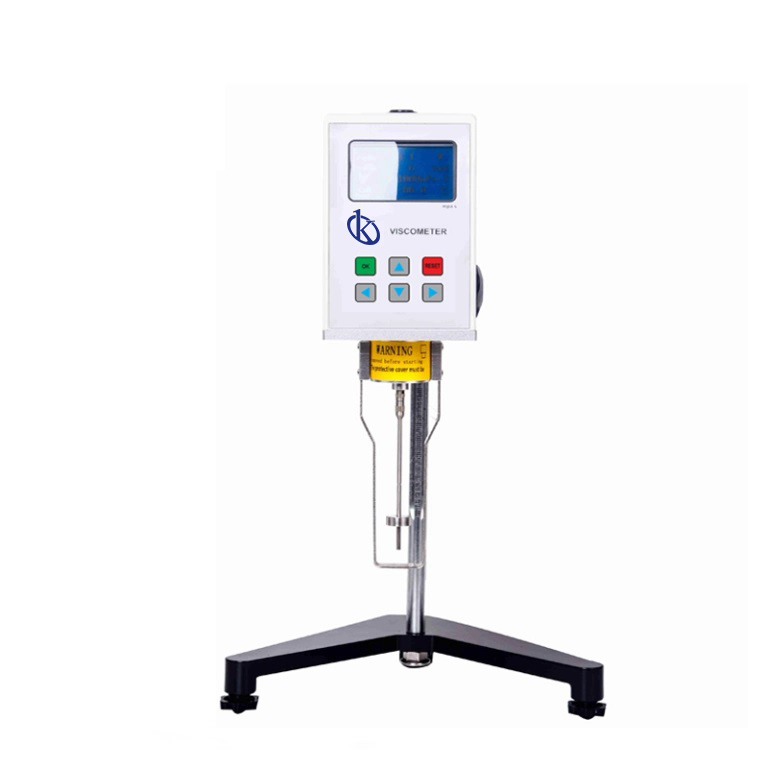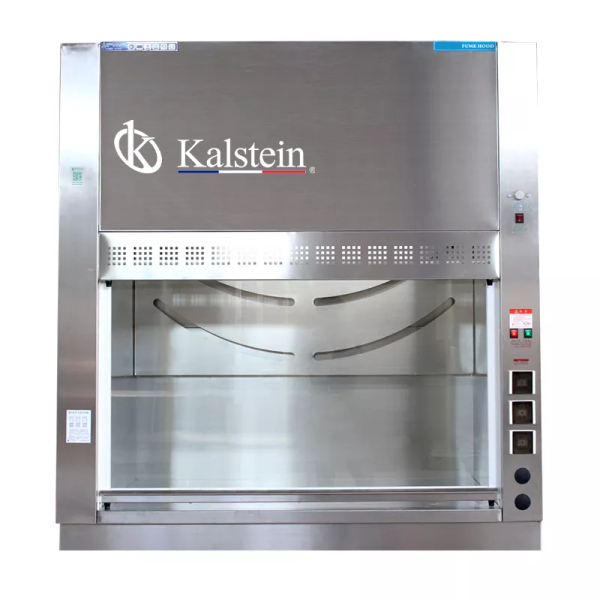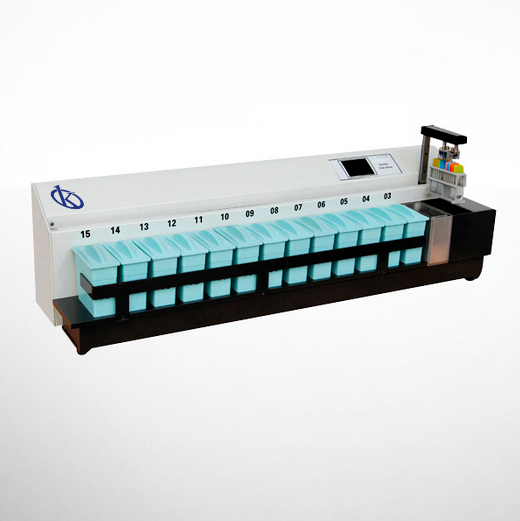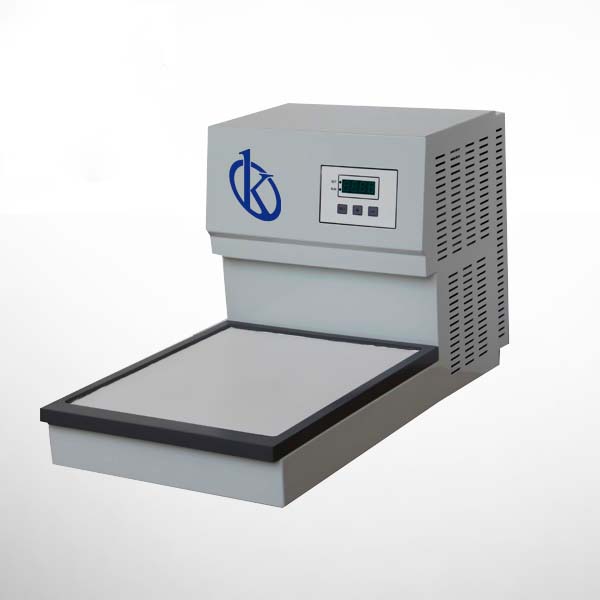A viscometer is a device used to measure the viscosity of liquids and their flow properties. These equipments have different applications in different types of substances and materials, such as oil, plastic, paints, coatings, adhesives, wax and asphalt. It is also used in the food and beverage industry and in the manufacture of personal toiletries.
When choosing equipment, we must consider aspects such as, the type of viscosity to be measured, the environment where the measurement will be performed (laboratory environment, in motion, another place). Similarly, it is useful to consider the complexity or variety of materials to be measured.
Types of viscometers
They can be classified into the following categories:
- Capillaries.
- Rotational.
- Vibrational.
- Special purpose.
Capillary viscometers
They are the simplest ones that are available and basically laboratory instruments. There is a wide variety of capillary viscometers and generally we can divide them into three groups, modified Ostwald, suspended level for clear liquids and reverse flow for clear and opaque liquids.
- Modified Ostwald viscometers: used for the determination of the kinematic viscosity of clear liquids. This includes several devices including U-tube devices.
- Suspended-level viscometers for clear liquids: Allows the fluid being tested to remain suspended in the capillary and keep it full.
- Reverse flow viscometers for clear and opaque liquids: The fluid under evaluation flows into the timing bulb, which has been kept dry, making it easier to measure the fluid flow time, especially of opaque liquids.
Rotational viscometers
They measure the speed at which a body rotates in a viscous medium. Because the rotational speed is controlled, the amount of force required to rotate the body is used to calculate viscosity. In general, they consist of a container or cup for the sample, combined with the element that is immersed in the liquid under evaluation.
These equipment can operate according to two principles, Searle and Couette. In the first, the motor moves the submersible element within the fixed cup. In the second, the engine moves the container or cup, while the submersible remains stationary. Currently, most commercial rotational viscometers incorporate the Searle principle.
In the category of rotational viscometers we find, coaxial cylinders, rotating disk, cone and plate, cone-cylindrical and mixers or pallets.
- Coaxial cylinder viscometers: can be used to measure the viscosity of non-Newtonian liquids. It consists of an internal solid cylinder, which rotates within a hollow cylinder, containing the fluid being tested.
- Rotating disk viscometers: the submersible element is a disk of known dimensions, which rotates with a constant speed within a liquid. The torsion required to maintain the constant velocity is proportional to the viscosity of the liquid.
- Cone and plate viscometers: allows measurements in very small volumes. They consist of a cone, placed at a vertical angle, on a plate placed in a horizontal plane. The cone forms an angle of one degree to two degrees, with the plate, facilitating a wedge-shaped space, between the cone and the plate. For measurement, the plate rotates with a constant speed, while the cone remains fixed.
- Cone-cylindrical viscometers: consist of a cylinder with one of its cone-shaped sides, which rotates within a hollow cylinder, with one of its cone-shaped sides. Coaxial cones have a common vertex, as the base for the cylinder.
- Mixer or paddle viscometers: consist of two or more paddles attached to a rotating shaft, while measuring the torque resistance. The stirring action makes them particularly useful for food suspensions containing settling particles.
Vibrational viscometers
These devices use a vibrating rod driven by an engine. The amplitude of the vibration varies according to the viscosity of the liquid in which the bar is immersed.
Special purpose viscometers
In this group we have, those of mobile body, such as ball or falling piston, rolling ball, torsion, oscillation, oscillating piston, universal Saybolt, among others.
-
- Drop ball or piston viscometers and rolling ball viscometers: they are suitable for measuring Newtonian fluids and are easy to operate. This type of equipment allows angle adjustment, which makes them very versatile. However, its use is limited to clear, particle-free samples, because the ball or piston cannot be seen in opaque samples.
- Torsion viscometer: consists of a heavy, spherical or cylindrical body, suspended from a wire. The suspended body is immersed within the fluid to be evaluated in a cylindrical double-walled container.
- Oscillation viscometers: they are considered very important because they are the only equipment, in addition to capillary viscometers, which are used for determining the viscosity of water.
- Oscillating piston viscometer: also known as electromagnetic viscometer. It comprises a measuring chamber and a magnetically actuated piston. It is used in the evaluation of the viscosity of small and micro samples, at laboratory level.
- Universal Saybolt viscometer: It consists of a tube or container with a specific diameter and a hole in its lower part, through which the liquid flows, which is collected in a container. It is frequently used to determine the viscosity of petroleum products.
Kalstein Viscometers
We offer a wide variety of YR series viscometers, with models that you can choose according to the needs of your industry. Kalstein equipment offers stability, accuracy and precision in the measurements made. For more information on Kalstein viscometers, visit the HERE
We are manufacturers, so in Kalstein you can make the purchase of viscometers at advantageous prices. For more details, visit HERE




